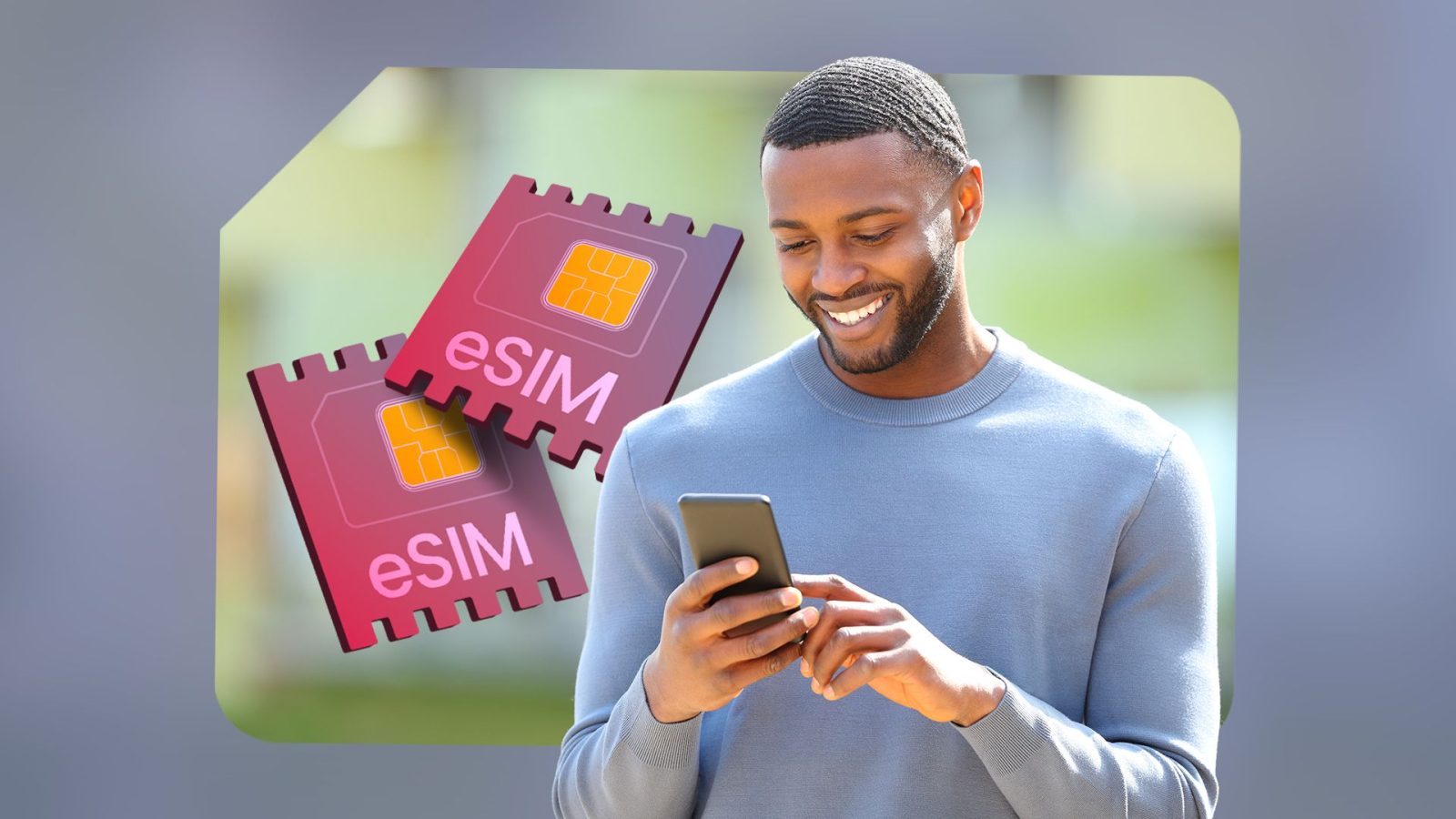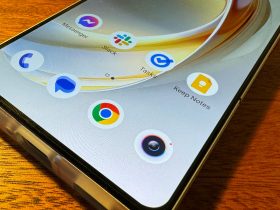I Was An ESIM Skeptic Until I Discovered What I Was Missing

Contents
With the launch of the iPhone 14 in 2022, Apple made a big change by introducing a model with only eSIM connectivity, at least in some regions like the US, and no physical SIM card slot. This move was widely criticized in the tech industry, but thankfully, Android OEMs like Samsung and Google have not switched to eSIM-only connectivity on their flagship smartphones.
However, Apple’s move did help commercialize eSIM technology and drive wider adoption. Now, most Android brands also offer eSIM support on their smartphones. At first, even I used to dislike eSIMs and criticized Apple’s decision, but over the past few months, especially while traveling internationally, I’ve come to love eSIMs and what they offer. Here’s why.

Related
Best eSIM-compatible Android phones in 2025
Tired of dealing with physical SIM cards? Get a phone that doesn’t need one
4 Traveling is so much easier with eSIMs
Cheaper data, quick setup, and no physical hassle
Most of us don’t think much about the SIM card in our smartphones. We just pop it in and forget about it, until it’s time to travel out of the country. Sure, you can opt for an international roaming plan, but they’re usually quite costly and don’t offer much data upfront. I used to be like this too (and have paid large amounts during travel), but then I discovered the world of travel eSIMs.
Now, you can easily buy an eSIM for your destination from services like MobiMatter, Yoho eSIM, Airalo, and others. These services not only offer much cheaper plans but also usually provide significantly more data than your local carrier. You can configure these eSIMs right before travel or even at the destination airport when you land, and immediately switch to the local network with ease.
This keeps you connected, lets you use all your apps like usual, and gives you more data at lower prices. I’ve traveled to several countries this year and never had to step into a physical SIM store. Plus, I’ve saved a lot of money along the way.
You can compare travel eSIM plans easily across providers using the website eSIMDB.com.
3 eSIMs offer instant activation and setup
No waiting, no visits to a store — just scan and go

Another benefit of switching to an eSIM is how fast they are. Unlike physical SIMs, where you have to visit a store, wait for your turn, get your ID verified, insert the SIM into your phone, and then wait for the SIM to be activated by the carrier, eSIMs are much quicker.
You can buy an eSIM online and configure it by simply scanning a QR code and following a few steps. Most eSIMs activate immediately once installed and are ready for use almost instantly. The best part is that you don’t need to visit a store or show your ID to a salesperson, since everything is handled online.
It’s worth noting that one of the reasons I used to hate eSIMs was how difficult they are to transfer between devices. Transferring eSIMs is still a hassle and depends on your phone model and carrier, but thankfully, it looks like Google and Apple are teaming up to make the process as easy as with physical SIMs.

Related
2 Managing multiple lines is super convenient
No more swapping trays or digging for a SIM tool

If you’re like me, you probably use more than one SIM on your device (or at least want to try other carriers and MVNOs in your area). While carriers like AT&T and T-Mobile are reliable, their plans are often pricey, whereas MVNOs typically offer cheaper contracts and greater flexibility. That’s where using multiple SIMs becomes appealing.
However, most Android phones in the US support only a single SIM. That’s where an eSIM comes in handy. You can keep your main SIM in the physical slot and try or even permanently use a secondary SIM as an eSIM. This is especially useful when traveling, as you can keep your primary number active and still use a travel eSIM for local data, as mentioned above.
Managing multiple SIMs becomes easier with an eSIM since you only need to toggle settings on or off. There’s no need to physically remove the SIM card or swap it out every time.
1 eSIMs offer stronger protection for your data
They’re harder to clone or steal compared to physical SIMs

However, most importantly, eSIMs are better than physical SIMs mainly because they offer much stronger security. Unlike physical SIM cards, eSIMs cannot be cloned or SIM-swapped, which has become significantly more common recently. This means your phone number, and therefore your banking and other sensitive apps, are better protected from hackers.

Related
eSIMs still have flaws, but they’re way better now
That said, it’s not like eSIMs don’t have their own set of flaws. Issues like switching between devices, the requirement for the internet to activate them, and several other limitations still exist. However, over the past few years, carriers have significantly improved eSIM support, and they’ve come a long way. Now, I feel I’ve actually changed sides, reluctantly but surely.
What’s your reaction?
Love0
Sad0
Happy0
Sleepy0
Angry0
Dead0
Wink0







Leave a Reply
View Comments